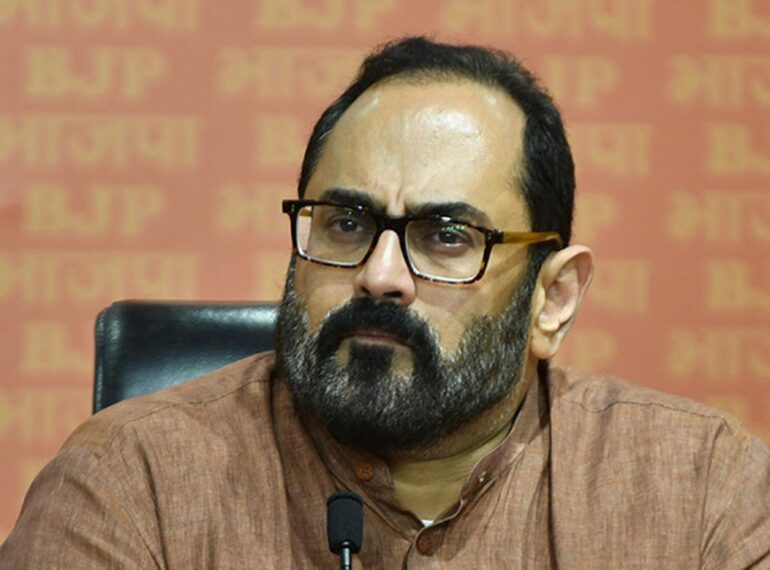TL;DR:
- Union Minister Rajeev Chandrasekhar asserts India will establish a world-class semiconductor ecosystem within 3-5 years.
- Initiatives include chip manufacturing packaging, a commercial fab, and a cutting-edge semiconductor research center.
- India aims to overcome past failures and transform the Mohali semiconductor lab into a state-of-the-art research facility.
- The government’s data set program will provide invaluable resources for Indian researchers and startups to develop advanced language models.
- Inauguration of automated EMI/EMC laboratories and projection of significant growth in the Indian market for EMI and EMC tests.
- Introduction of Siddharth, a cutting-edge linear accelerator, to enhance cancer treatment.
Main AI News:
In a bold vision for India’s technological future, Union Minister of State for Electronics and Information Technology, Rajeev Chandrasekhar, dismissed concerns about the country’s capabilities in crucial areas such as semiconductor fabrication and indigenous large language models (LLMs). He confidently stated that India will boast a fully competitive world-class semiconductor ecosystem within the next three to five years.
During a press conference held on Friday, Chandrasekhar revealed the government’s strategic plans, stating, “We are currently embarking on chip manufacturing packaging and are actively building a robust ecosystem. Soon, we will witness the emergence of a commercial fab alongside a state-of-the-art semiconductor research center.“
Chandrasekhar acknowledged India’s past failures in establishing a semiconductor industry, which had led to skepticism among the people. However, he assured that the Union government is taking concrete steps to address this challenge. One such measure includes the modernization of the semiconductor laboratory in Mohali, transforming it into a cutting-edge research center.
Responding to queries regarding India’s AI capabilities, the minister emphasized the country’s focus on a large and diverse data set program. Under this initiative, the government’s data will be made available to Indian researchers and startups. “These datasets will prove invaluable in empowering companies to develop sophisticated LLMs, much like ChatGPT,” Chandrasekhar highlighted.
In a separate event, the minister inaugurated automated Electromagnetic Interference and Compatibility (EMI/EMC) laboratories at the Society for Applied Microwave Electronics Engineering and Research (SAMEER). A national survey projects that the Indian market for EMI and EMC tests will reach approximately ₹1,020 crore by 2030, a substantial increase from the current ₹640 crore. Furthermore, Chandrasekhar unveiled Siddharth, a linear accelerator (LINAC) designed to precisely target cancer tumors with radiation, at the Cancer Institute in Adyar. Developed by SAMEER, this 6 MV medical device promises to greatly enhance radiotherapy for cancer patients. Experts at the institute remarked that only a select few global players possess the capability to develop such cutting-edge equipment.
Conclusion:
India’s ambitious plan to establish a world-class chip ecosystem within the next 3-5 years reflects its determination to become a major player in the global market. With a focus on chip manufacturing, research facilities, and data resources, India aims to overcome past setbacks and position itself at the forefront of semiconductor technology. The government’s support for AI research and startups, coupled with the projection of significant market growth in EMI/EMC tests, indicates a favorable environment for innovation and business opportunities. Furthermore, the introduction of advanced medical equipment like Siddharth reinforces India’s commitment to leveraging technology for improved healthcare outcomes. These developments create a positive outlook for the market, presenting opportunities for both domestic and international stakeholders to engage and collaborate in India’s rapidly evolving tech landscape.

